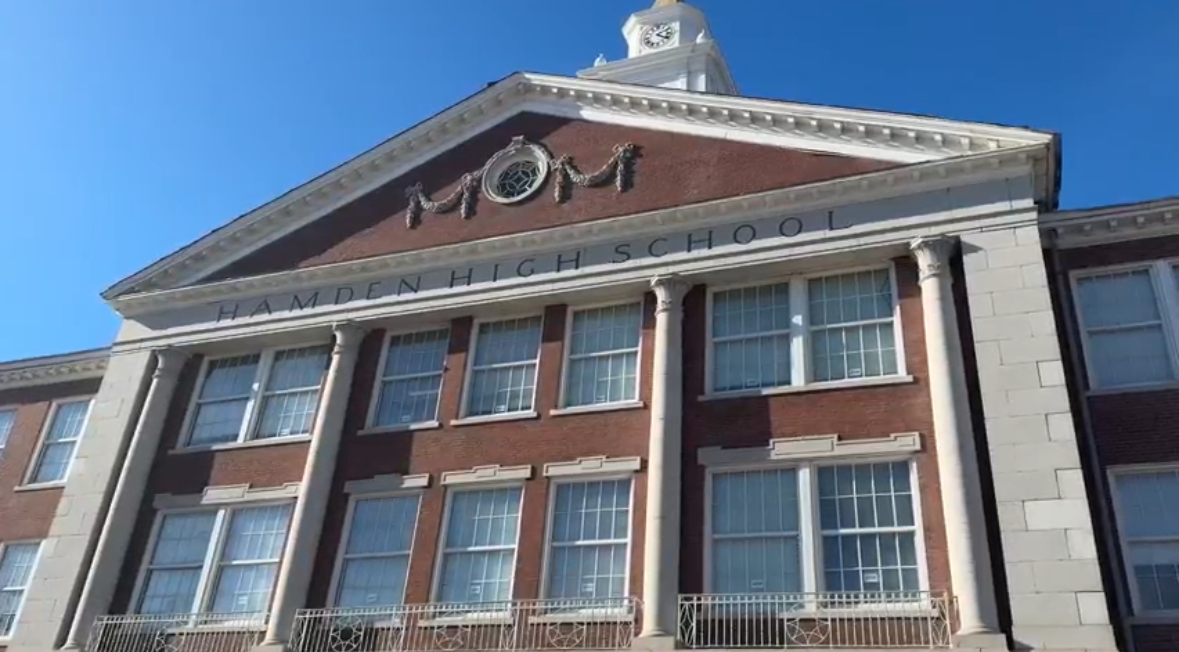Big Ten Looks to Up Ice Hockey Age Restrictions
November 25, 2015
The Big Ten Conference is proposing a new piece of legislation to be voted on by the NCAA to change player eligibility in college hockey.
The proposal calls for lowering the age limit for incoming freshmen from 21 to 20, with the idea that players must be in college two years after their anticipated high school graduation. For those entering college after 20 would have a year of eligibility lost.
The Big Ten is able to bring forward this vote because they are an autonomous conference, with teams in revenue sports such as football and basketball in the Big Ten as well. The 54 other schools that compete at the DI level are independent or play in conferences only for hockey and are independent of the power conferences.
Conferences voting include the ACC, Pac 12 and SEC. According to Mike McMahon of College Hockey News, 22 programs which make up over a third of Division I teams, are not represented at all on the NCAA council.
Division I college hockey has the oldest players in any NCAA sport because of the development leagues and feeder systems that players come through. In leagues such as the British Columbia Hockey League or United States Hockey League, where 19 current Bobcats played, athletes are eligible until 20 years old.
Four members of the Quinnipiac team are 24 years old, and all members of the freshmen class except for Chase Priskie are 20 years old. Graduate defenseman Alex Miner-Barron missed the first five games of this season because he turned 21 while in the playoffs his last year in juniors with the Waterloo Black Hawks.
Minnesota head coach Dan Lucia is seen as the man who kickstarted the plan. In an interview with Dan Myers, he supported his original thoughts.
“There are two sides to it. I don’t see in any way how it hurts the kid, other than it lets him go to college a year earlier rather than getting pushed back and coming in at a later date,” Lucia said. “Now a days, they are basically forcing kids to pay their own way to school for half a semester to keep that four years of eligibility.”
The Big Ten is compromised of six teams: Michigan, Michigan State, Minnesota, Ohio State, Penn State and Wisconsin. Those six are home to 40 NHL draft picks, averaging almost seven players per team.
The ECAC is made up of 12 teams, with 32 NHL picks dispersed across the northeast, averaging almost three players per team. Two ECAC squads, Princeton and Dartmouth, do not have NHL picks on its rosters.
To Lucia, teams who take on older players are guaranteed their three years of play, while teams with drafted players run a guessing game as to how long they will stay at the NCAA level. Boston University lost 2014-15 Hobey Baker winner Jack Eichel, who left to play with the NHL’s Buffalo Sabres this season.
Since 2010, the Big Ten has made three Frozen Four appearances to the ECAC’s five, with two ECAC national champions in three years. Only the University of Minnesota Duluth came away as s successful western champion after defeating Michigan in 2011.
The legislation will be put up to a vote in the NCAA meetings in April. For now though, it’s business as usual.





